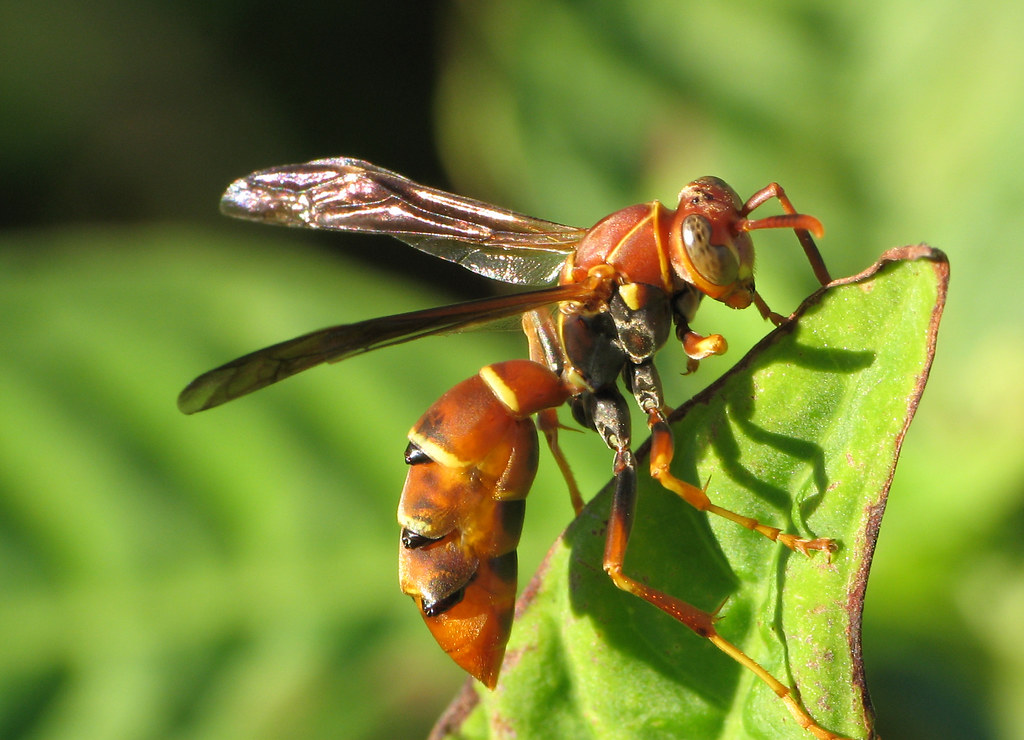When we think of parasites, we typically imagine one organism exploiting another. But in the fascinating world of entomology, there exists a bizarre phenomenon where an insect essentially becomes a parasite of its former self. This peculiar metamorphosis, observed in certain species, challenges our understanding of biological development and parasitism. As the creature transforms from one life stage to another, parts of its body become repurposed in ways that seem to defy conventional evolutionary wisdom. This article explores the strange world of self-parasitism in insects, where the boundaries between host and parasite blur within a single organism’s lifecycle.
The Twisted Case of Strepsiptera: An Introduction to Self-Parasitism
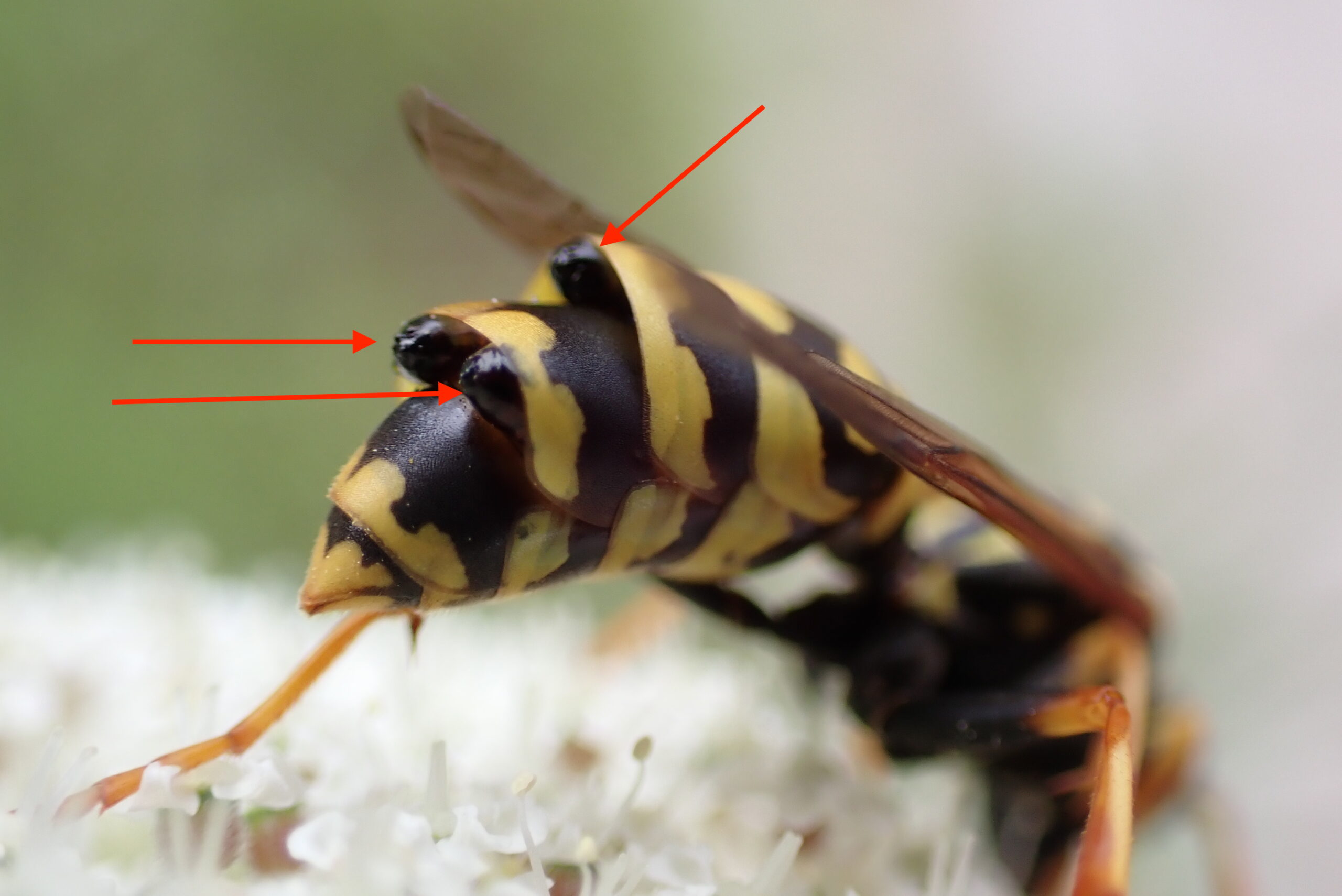
Among the most extraordinary examples of self-parasitism can be found in the order Strepsiptera, commonly known as twisted-wing parasites. These peculiar insects undergo a process called hypermetamorphosis, where they experience multiple distinct larval stages before reaching adulthood. What makes Strepsiptera particularly fascinating is that the female never fully matures into a free-living adult form. Instead, she remains in a larviform state, with most of her body embedded within her host, while her reproductive organs develop into what scientists call a “neotenic” adult. In essence, the female Strepsiptera becomes parasitic on her own larval body, with her reproductive system developing at the expense of her former physical self.
Understanding Hypermetamorphosis: More Than Simple Metamorphosis
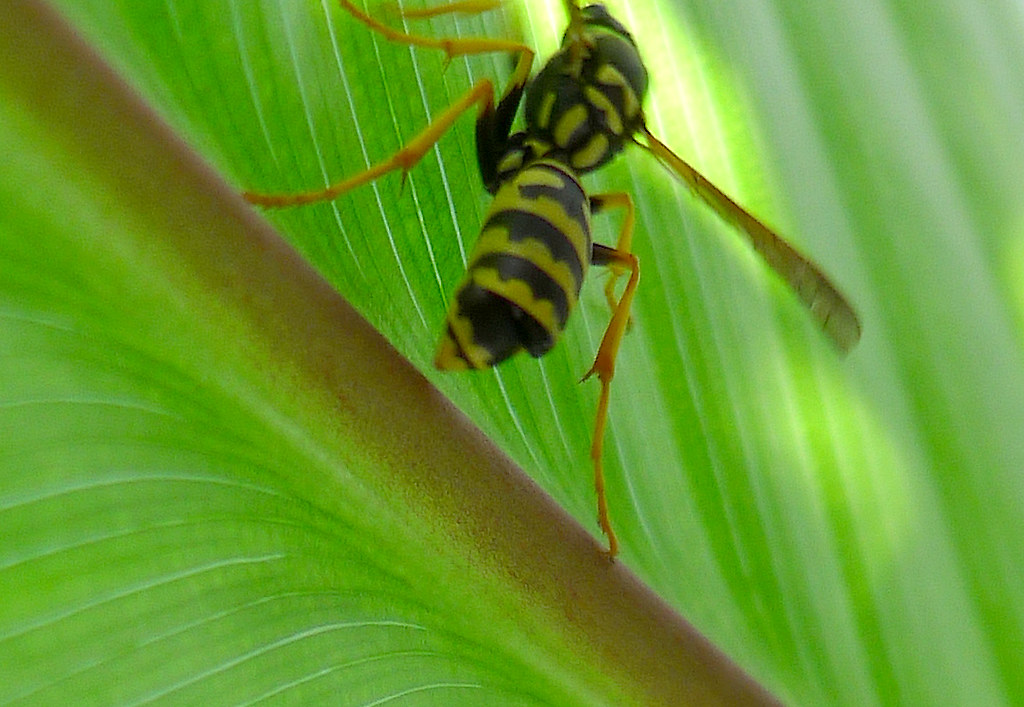
Hypermetamorphosis represents an extreme form of metamorphosis that goes beyond the typical complete metamorphosis seen in butterflies or beetles. In insects displaying hypermetamorphosis, the organism passes through additional specialized larval stages that can differ dramatically from each other. The first instar larva is typically mobile and responsible for finding a host, while subsequent instars may have reduced appendages and mobility. This extraordinary development pattern allows the insect to adapt to radically different ecological niches throughout its life cycle. What makes this process verge on self-parasitism is that later developmental stages often consume resources from earlier stages, effectively parasitizing their former selves in a biological sacrifice that prioritizes reproductive success over complete development.
The Biological Mechanics of Self-Parasitism
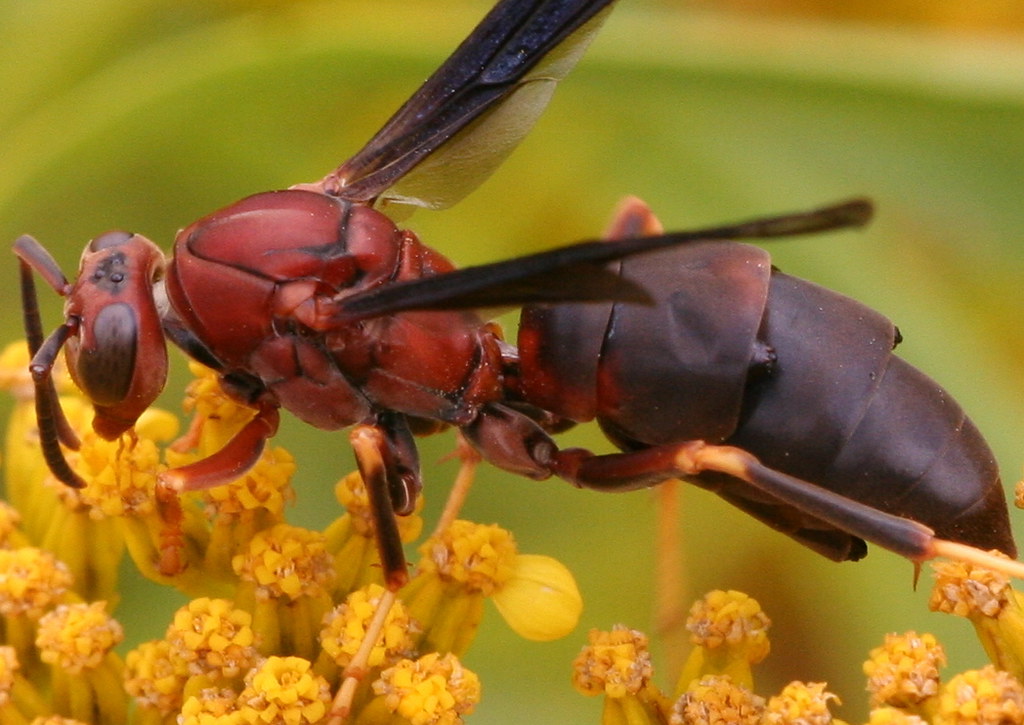
Self-parasitism operates through a process called histolysis, where certain tissues break down while others develop. During this transformation, the insect’s original body plan partially disintegrates while specific organs—typically reproductive structures—continue to develop and thrive. This selective development creates a situation where the reproductive system effectively functions as a parasite, drawing nutrients and resources from the remainder of the organism. Hormonal controls play a crucial role in orchestrating this unusual developmental pattern, selectively activating some genetic programs while suppressing others. The result is a bizarre biological compromise where reproductive success takes precedence over the development of a fully functional adult body, creating what amounts to a living reproductive system supported by the remnants of its former self.
Female Strepsiptera: The Ultimate Self-Sacrifice
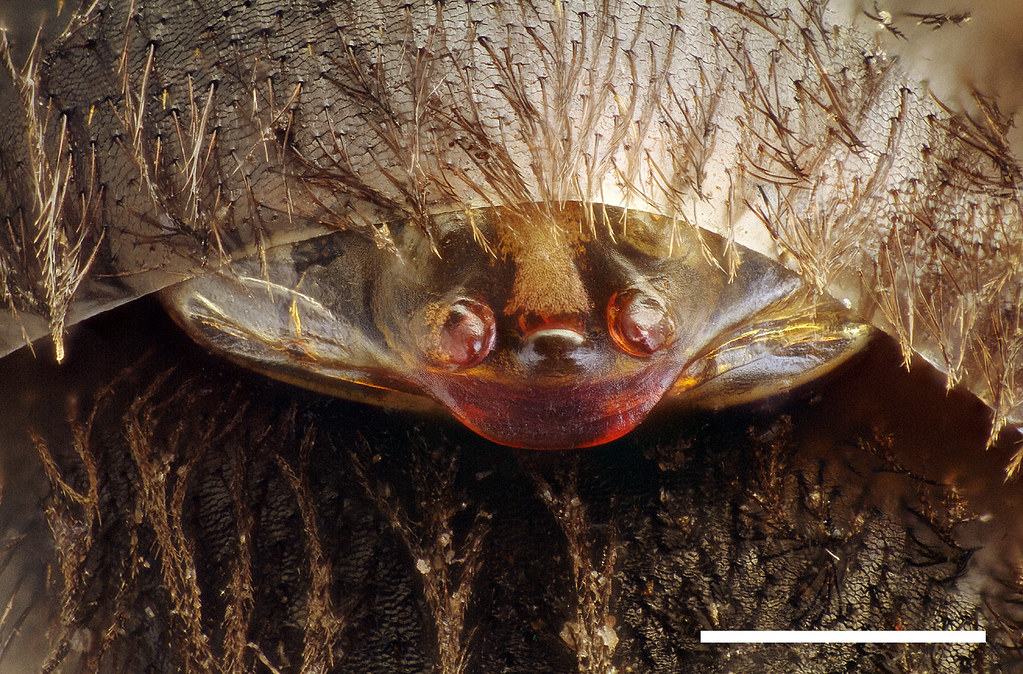
Female Strepsiptera represent perhaps the most extreme example of self-parasitism in the insect world. After entering their host as mobile first-instar larvae, they undergo a dramatic transformation where most of their body systems remain in a larviform state while their reproductive organs mature. The female essentially becomes a reproductive sac, lacking wings, legs, and even eyes in many species. Only her reproductive opening, called the brood canal, protrudes from the host’s body to allow for mating with the free-living male. This extreme neoteny—the retention of juvenile features in a sexually mature organism—represents a remarkable evolutionary strategy where the female sacrifices virtually all adult characteristics except those required for reproduction. She becomes, in essence, a parasite of her own potential adult form, prioritizing reproductive output over all other biological functions.
The Evolutionary Puzzle: How Did Self-Parasitism Evolve?
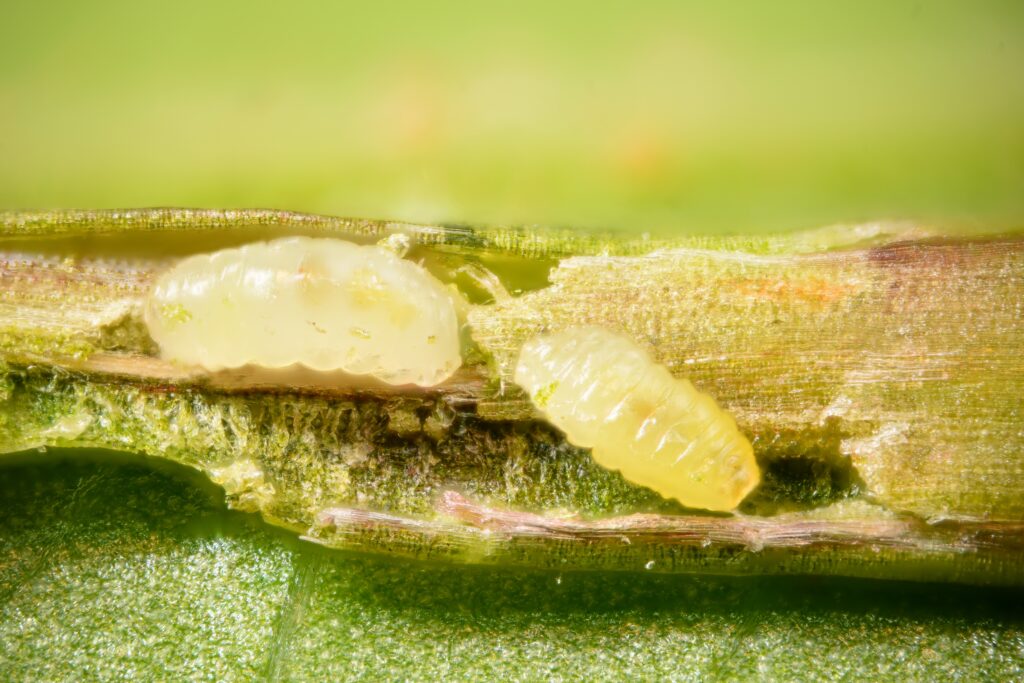
The evolution of self-parasitism presents a fascinating evolutionary puzzle that challenges traditional understanding of natural selection. Scientists believe this peculiar adaptation likely evolved gradually through a process called paedomorphosis, where juvenile traits are retained in the adult form. This developmental path may have been favored in parasitic lineages where complete metamorphosis offered no survival or reproductive advantage. Comparative studies with related insect orders suggest that self-parasitism likely evolved from ancestors that underwent complete metamorphosis but gradually reduced adult features in favor of reproductive specialization. The selective pressures driving this unusual evolutionary path likely included energy conservation, increased reproductive output, and the advantages of remaining within the protection of a host organism throughout the life cycle.
Beyond Strepsiptera: Other Examples of Self-Parasitism in Nature
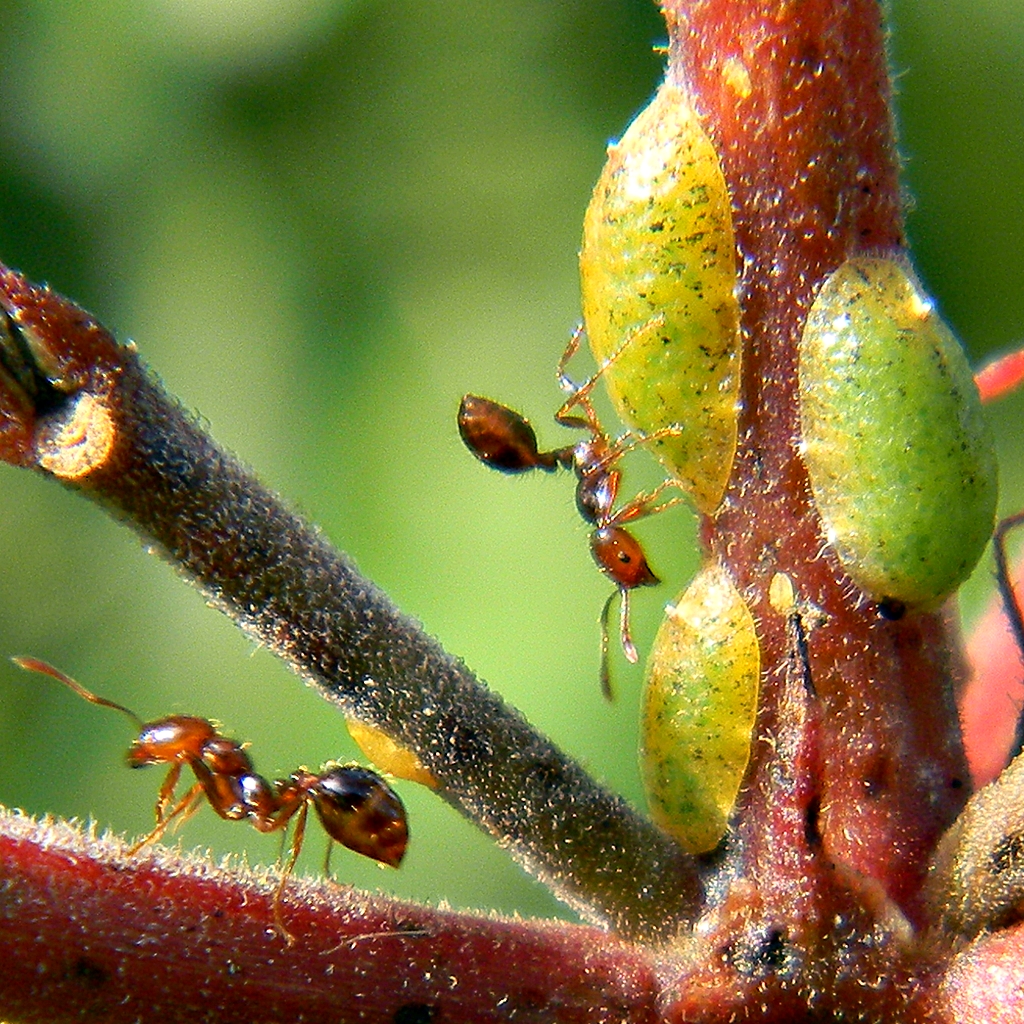
While Strepsiptera provide the most dramatic example of self-parasitism, similar phenomena occur across diverse taxonomic groups. Certain scale insects (Coccoidea) show comparable patterns where females become simplified reproductive structures with few adult features. Some parasitic barnacles undergo a process where the juvenile form invades a host and develops into a reproductive system that draws resources from both host and its own former tissues. Even some flies in the family Cecidomyiidae display a form of paedogenesis, where larvae develop reproductive organs and produce offspring without ever becoming adults. These diverse examples suggest that self-parasitism represents a recurring evolutionary strategy that emerges independently when ecological conditions favor extreme reproductive specialization at the expense of complete development.
The Ecological Implications of Self-Parasitism
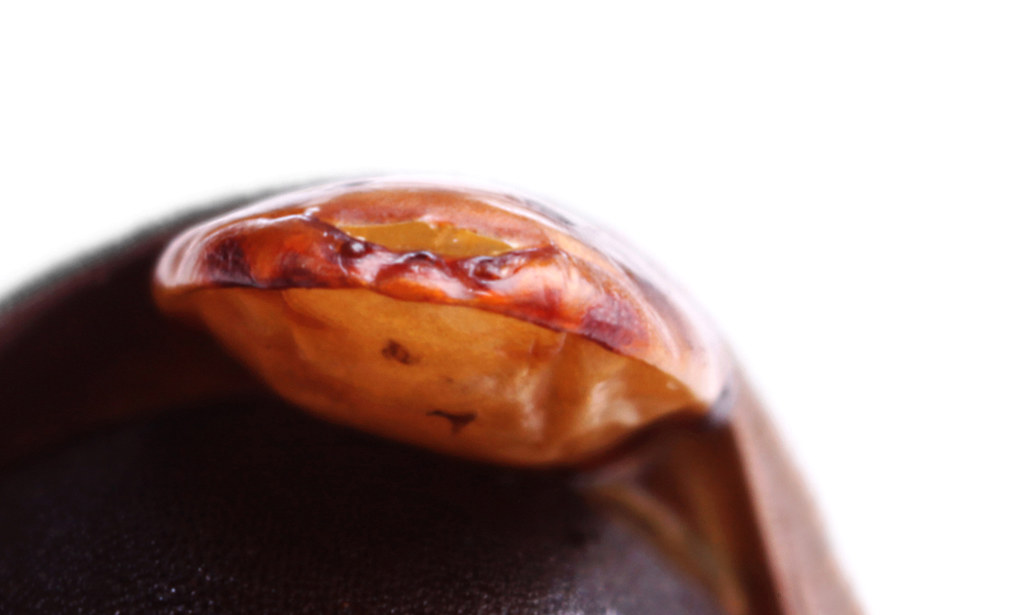
Self-parasitism creates unique ecological relationships that blur the boundaries between development, parasitism, and reproduction. Species exhibiting self-parasitism often become highly specialized and dependent on specific host species, creating intricate ecological networks. These specialized relationships can make self-parasitic insects particularly vulnerable to environmental changes that impact their hosts. The ecological footprint of self-parasitic insects is often subtle but significant—they may influence host population dynamics, affect community structure, and contribute to ecosystem biodiversity. Their specialized life histories also provide important ecosystem services, including natural pest control in some agricultural settings where they parasitize pest species.
The Male’s Role: Free-Living Counterparts to Self-Parasitic Females

In stark contrast to the endoparasitic females, male Strepsiptera and similar insects typically develop into free-living adults with functional wings, eyes, and appendages. This extreme sexual dimorphism highlights the divergent evolutionary pressures on males and females in these species. Males develop complex fan-shaped hindwings and uniquely structured compound eyes that help them locate the tiny protruding portions of females embedded within hosts. Their entire adult existence is dedicated to finding and fertilizing females, often living just a few hours and lacking even functional mouthparts for feeding. This specialized male morphology has evolved specifically to complement the self-parasitic lifestyle of females, creating a reproductive strategy where one sex sacrifices mobility for reproductive output while the other sacrifices longevity for dispersal ability.
Scientific Challenges in Studying Self-Parasitic Insects

Researching self-parasitic insects presents numerous challenges that have historically limited our understanding of these fascinating creatures. Their cryptic lifestyle, embedded within hosts, makes them difficult to observe in natural settings. Laboratory rearing presents significant obstacles as researchers must maintain not only the parasitic insect but also their specific host species. The microscopic size of many early instars requires specialized equipment for observation and manipulation. Additionally, their unusual development patterns don’t fit neatly into traditional classification schemes, creating taxonomic confusion that has only recently been resolved through molecular techniques. Despite these challenges, modern research methods including genome sequencing, micro-CT scanning, and advanced microscopy are revealing new insights into the biology of these enigmatic creatures.
Self-Parasitism and the Definition of Individuality
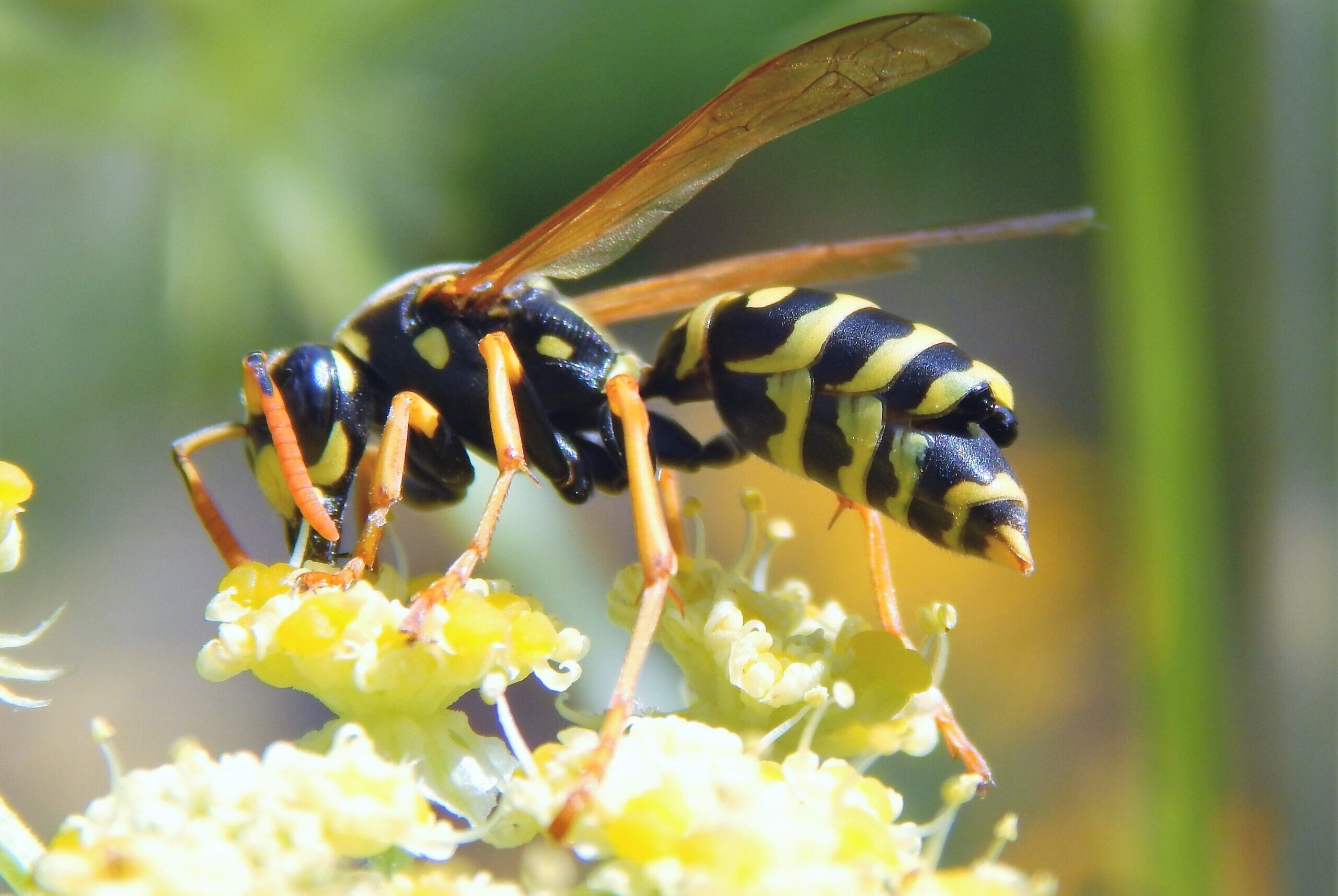
Self-parasitic insects challenge our fundamental understanding of what constitutes an individual organism. When an insect’s body becomes differentiated into what amounts to a host and parasite derived from the same genome, it raises profound questions about biological identity. Some biologists argue that self-parasitic females represent a form of modular development rather than true parasitism, highlighting the semantic difficulties in categorizing such unusual life histories. This biological phenomenon parallels philosophical questions about identity and continuity that have implications beyond entomology. The study of self-parasitism forces us to reconsider our definitions of parasitism, development, and even what it means to be an individual organism in biological terms.
Applications in Science and Medicine
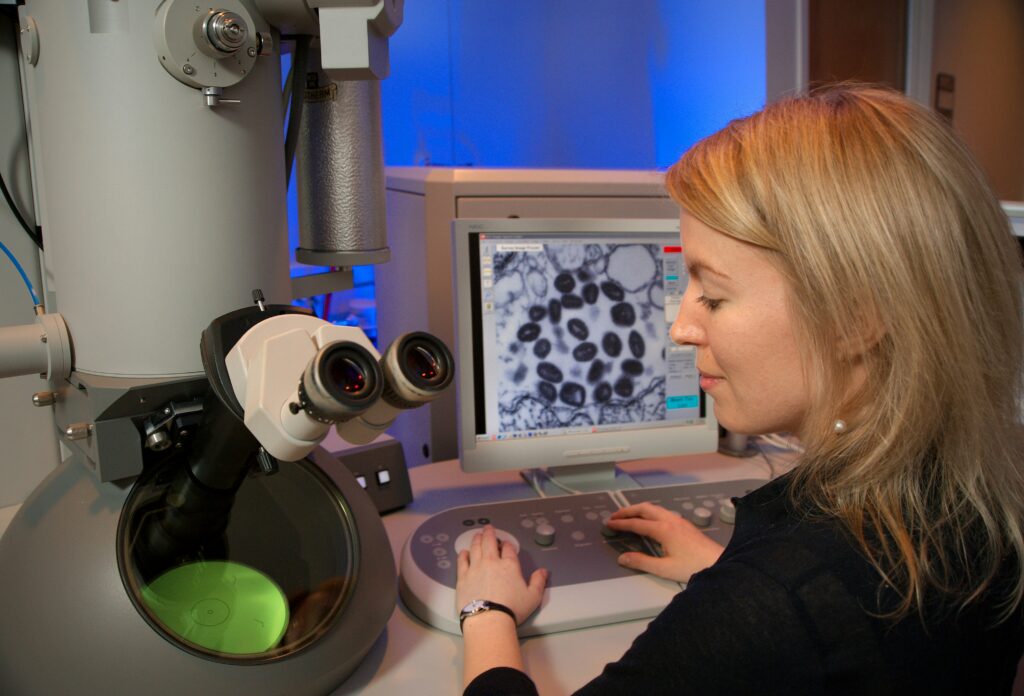
The unusual developmental pathways exhibited by self-parasitic insects have potential applications across multiple scientific disciplines. Developmental biologists study these organisms to understand the genetic controls that allow such extreme morphological transformations. Their specialized host-finding mechanisms have inspired biomimetic technologies for targeted delivery systems. Medical researchers examine the tissue-specific development patterns for insights into controlled cell growth that might inform cancer research. The unique immune relationships between self-parasitic insects and their hosts also provide models for understanding immune tolerance and rejection. While practical applications remain largely theoretical, the extreme biological adaptations seen in these insects offer valuable case studies for scientists working at the frontiers of developmental biology, immunology, and biomedicine.
Conservation Status and Future Prospects

Despite their fascinating biology, the conservation status of many self-parasitic insects remains poorly understood and largely overlooked in conservation planning. Their cryptic lifestyles and complex host relationships make population assessments challenging. Habitat loss affecting either these insects or their specific host species can disrupt their life cycles in ways that are difficult to detect until populations have declined significantly. Climate change presents additional threats by potentially creating mismatches between parasite and host life cycles. Future research priorities include comprehensive surveys to establish baseline population data, studies of host-parasite synchrony under changing climate conditions, and efforts to preserve habitat for both parasites and their hosts. These peculiar insects represent an important component of biodiversity that merits conservation attention despite their parasitic lifestyle.
Conclusion
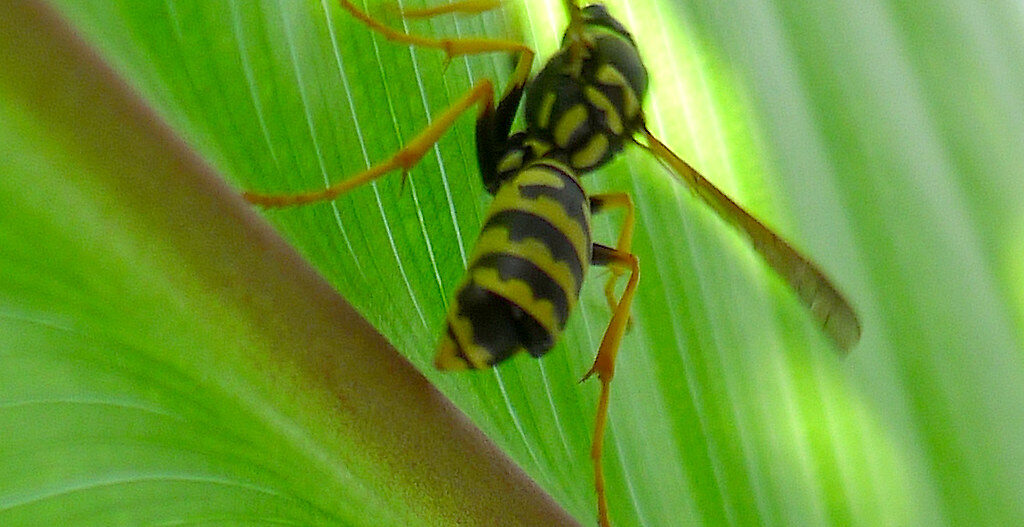
Nature’s most confusing metamorphosis—the insect that becomes a parasite of itself—represents one of evolution’s most bizarre yet effective adaptations. Through the sacrifice of conventional development, these insects have evolved an extraordinary reproductive strategy that challenges our understanding of biological development, parasitism, and individuality. The females of species like Strepsiptera, with their reduced bodies and specialized reproductive structures, embody an evolutionary compromise where traditional adult features are traded for reproductive success. As we continue to study these fascinating creatures, they offer valuable insights into developmental plasticity, host-parasite relationships, and the remarkable flexibility of evolutionary processes. In the strange case of self-parasitism, nature reminds us that the boundaries we create to categorize life often fail to capture the true complexity and ingenuity of evolutionary adaptation.

